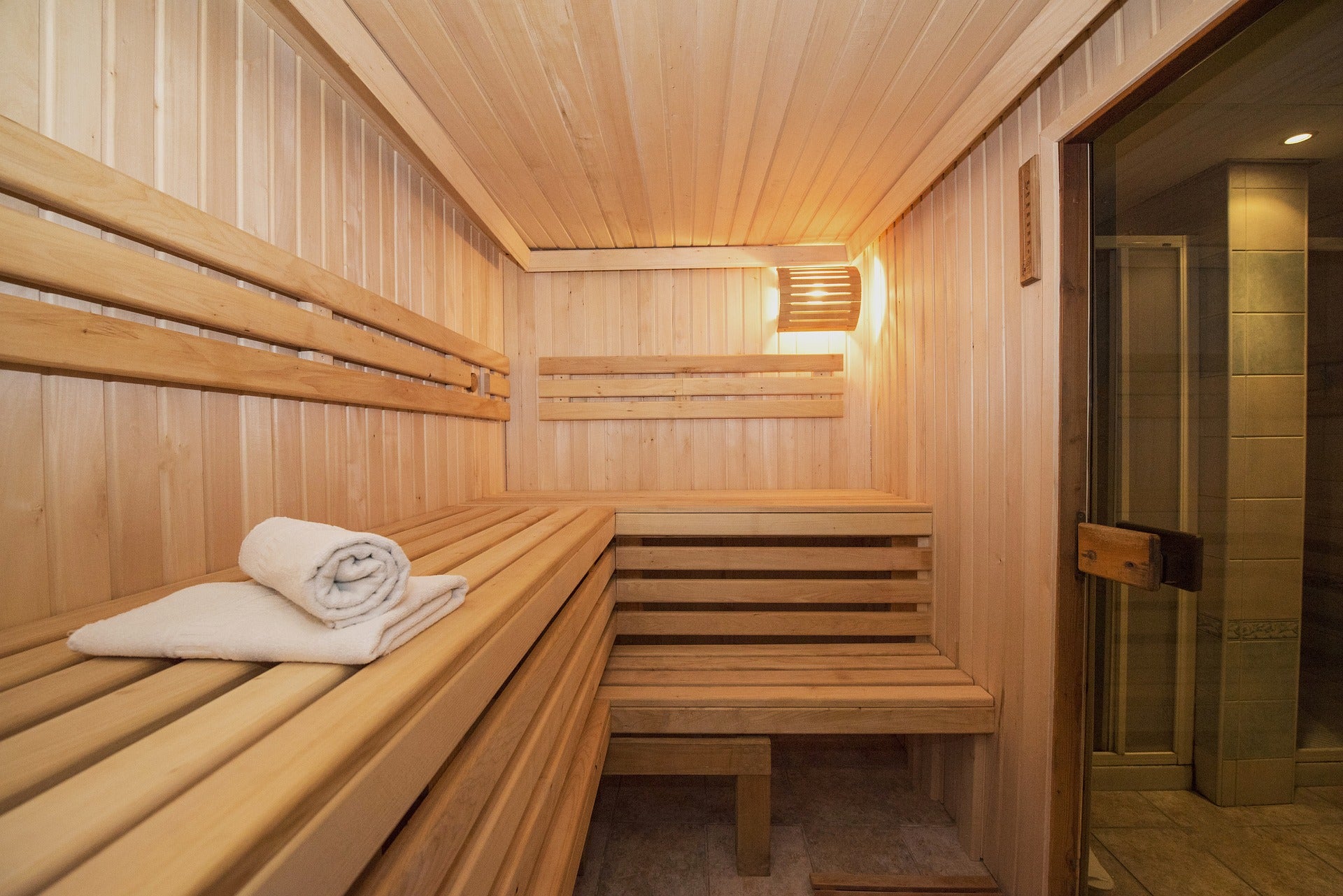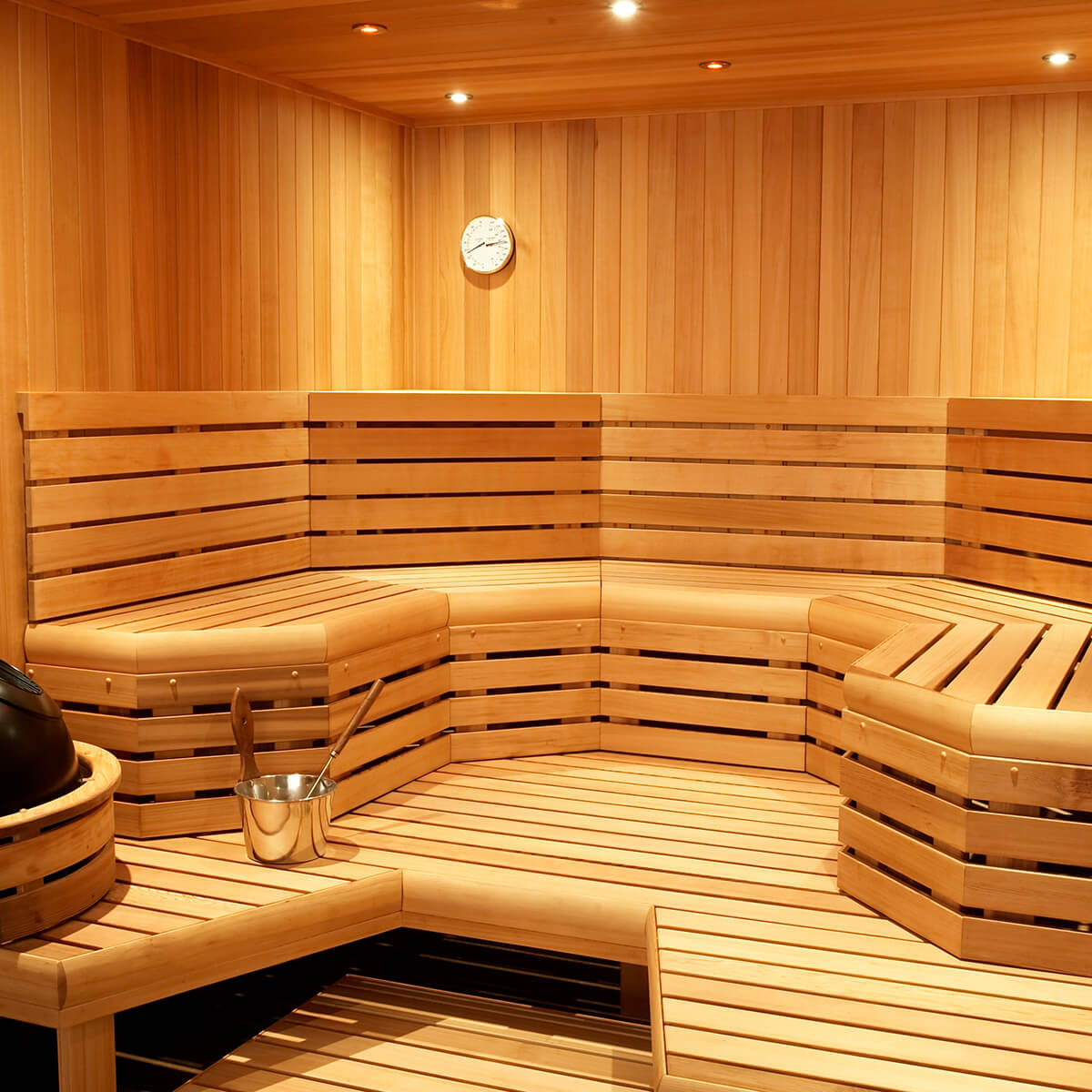9 Easy Facts About Traditional Sauna Explained
9 Easy Facts About Traditional Sauna Explained
Blog Article
The Only Guide to Traditional Sauna
Table of Contents6 Easy Facts About Traditional Sauna Shown4 Easy Facts About Traditional Sauna Described4 Easy Facts About Traditional Sauna ShownLittle Known Facts About Traditional Sauna.
The majority of the weight lost in a sauna is water loss and is re-gained upon rehydrating. Nonetheless, certainly sauna can be a fundamental part of a healthy and balanced weight loss program. To check out the differences in between standard and IR saunas, I will separate these right into proven, theoretical, and fabricated differences.Therefore, the most popular point in the saunawhich goes to the ceiling directly above the sauna heateris typically in between 185 and 190 F. Traditional Sauna. Claims that a typical sauna goes beyond 200 F is merely not true and not appropriate for electric saunas sold in the US. The temperature for a far-infrared sauna is typically established in between 120 and 140 F; nonetheless, unlike the conventional sauna, the goal in and IR area is not to accomplish a high temperature level
As a result of this, the temperature distinction is nearly unimportant, considering that extreme sweating causes both sauna kinds, yet the approach of warming the body is different. In an IR sauna the bather will feel hot and will certainly sweat profusely, yet at a lot lower temperatures. Therefore, if the goal is to invest longer amount of times in the sauna, the IR sauna is a good selection.

How Traditional Sauna can Save You Time, Stress, and Money.
When the heat is accomplished, the components cycle on and off to preserve the heat. Most standard sauna users delight in putting water over the rocks to create vapor to increase sauna humidity degrees. The advantages of putting water over the rocks include: making the space extra comfy, moistening the nasal passages, and allowing the use of aromatherapy by blending crucial oils with the water.
In a far-infrared sauna, the heat waves permeate the body to successfully warm the body and raise the body core temperature. To accomplish this boosted temperature, Far-infrared emitters develop infrared power which is close to the same wavelength as that which the body normally emitsoften described as the "Vital Variety" of 7 to 14 microns), so the power is well received by the body.
When the power gets in the body, it creates the body temperature level to raise and ultimately causes sweat. In an infrared sauna it is very important for the emitters/heaters to stay on practically constantly. Because there is no mass of rocks to keep warm, the sauna will certainly cool if the you can check here emitters turned off.
As pointed out above, the sauna bather in an infrared space desires to position himself in front of operating emitters to obtain optimal take advantage of the warm. The home heating time for the 2 areas can be extremely different, depending on exactly how the spaces are utilized. For a traditional sauna, a bather needs to enable 30-40 minutes for the area to achieve a desired temperature level and to properly pre-heat the rocks.
The Traditional Sauna Ideas
A well built sauna will commonly attain a temperature of 150-160 F in concerning 30-40 mins. For hotter temperature levels, the space may require to heat for a longer duration.
To some, 15 mins was "lost" while the infrared energy warmed the timber panels instead of heating a body, while others locate a pre-heated area to be a lot more comfy have a peek at this website and think an elevated beginning temperature level is needed to start sweating. The length of recommended use for each and every room is about the very same (10-15 mins per session); however, because of the reduced air temperature levels and the capacity to feel the impacts of infrared warm quicker than a typical sauna, it is not uncommon for a person to spend an overall of 20-30 minutes in an infrared sauna.
Conventional saunas have a tendency to be bigger (for this reason make use of more electricity) than infrared saunas, although traditional saunas are absolutely available in one and 2 individual sizes. For a two-person conventional sauna, 5x6 or 5x7 dimension is most preferred. The leading bench can comfortably seat two or three individuals and is additionally long sufficient to relax during the sauna session.


The typical price per kWH of electrical energy in the united state is roughly $0.11, so a 4.5 kW heating system will cost approximately $.50 to run for one hour, if the heating unit runs continuously for one hour. Commonly a sauna heater will compete 75% of the very first hour and 50% of subsequent hours on given that the aspects cycle once the established temperature is achieved.
The Definitive Guide for Traditional Sauna
A 2 individual far-infrared space is normally physically smaller than a typical sauna, typically regarding 4' x 4' or smaller. The IR heating unit is normally 1.5-1.7 kW utilizing check it out a 120 volt 15 amp plug-in solution. Because the area can be made use of quicker than a sauna space, we will certainly assume the area is made use of for to of an hour consisting of warmth up time.
Lastly, there is a seldom talked about difference in the social experience between the two areas. While our culture has actually shed several of the social benefit of the typical sauna experience, it can be really socially satisfying. From family members time in the sauna, to heart-felt discussions with better halves, to sauna partiesthe traditional sauna experience can lead to intimate interacting socially.
The majority of higher end infrared areas consist of colored light therapy, noise systems and full-glass fronts.
Report this page